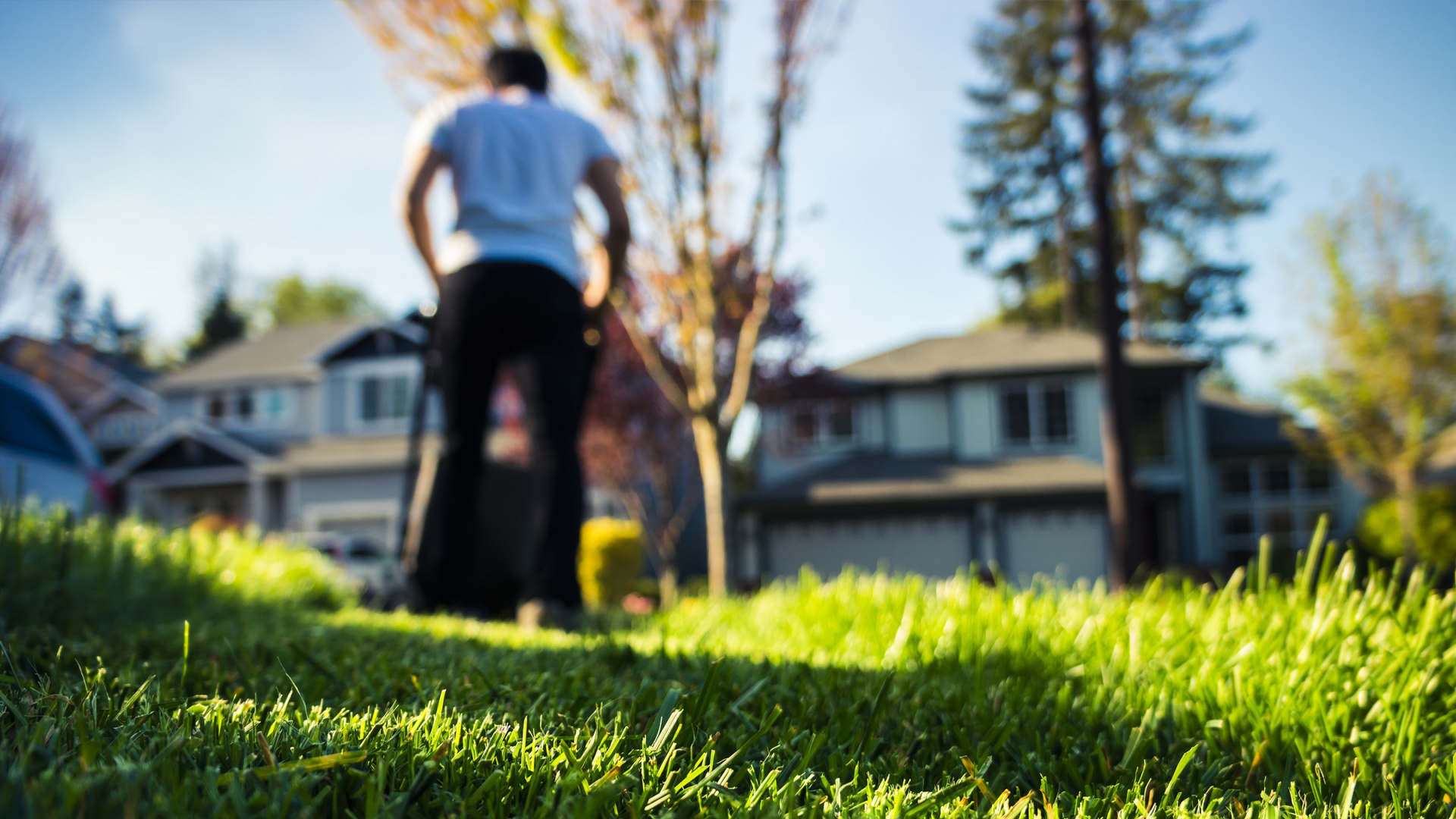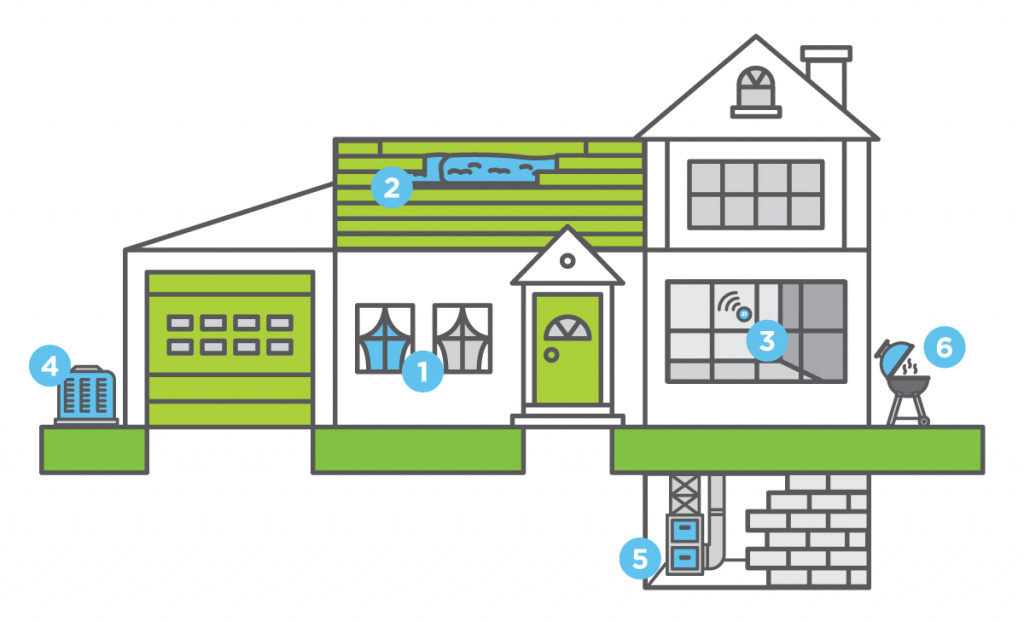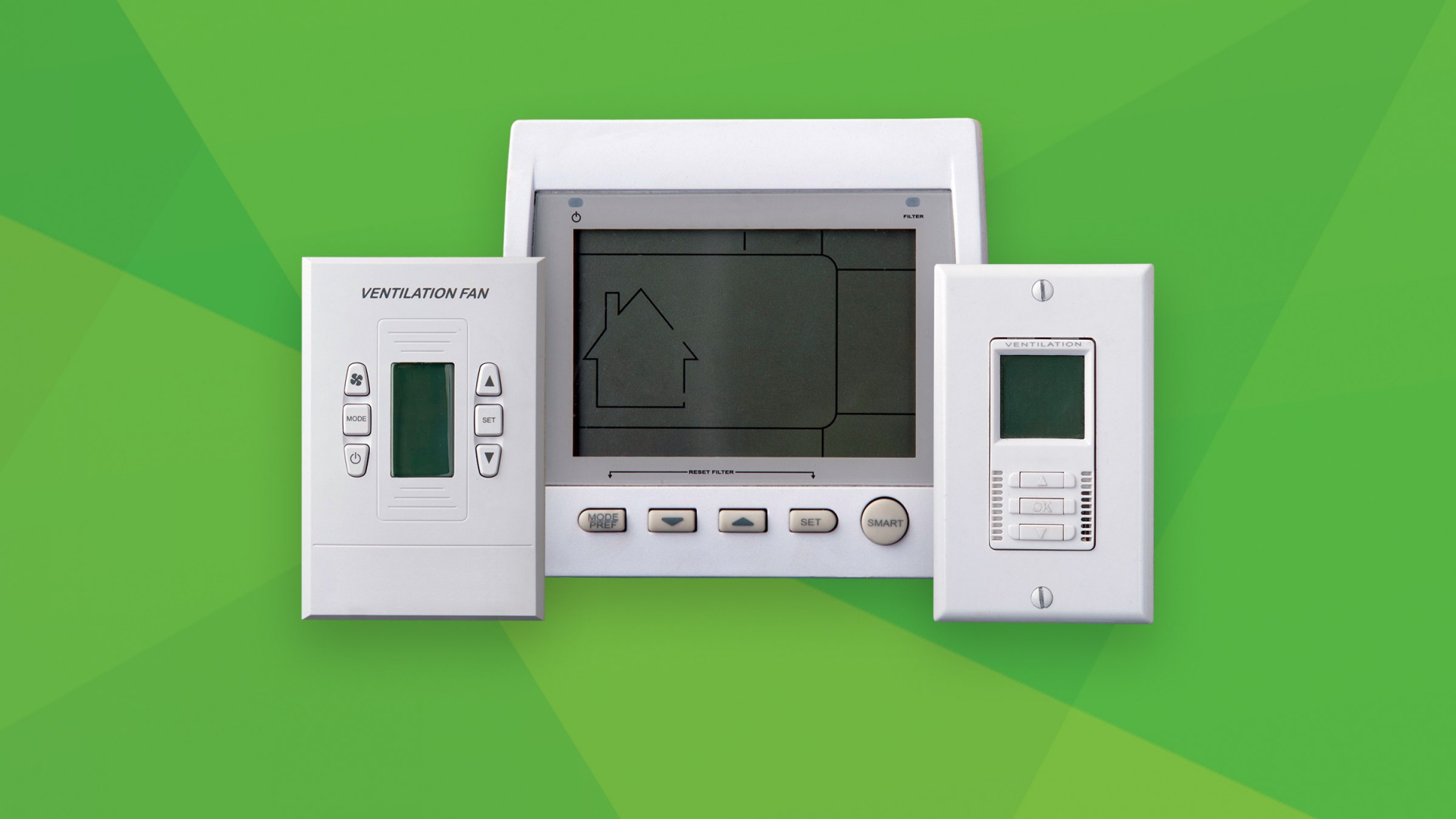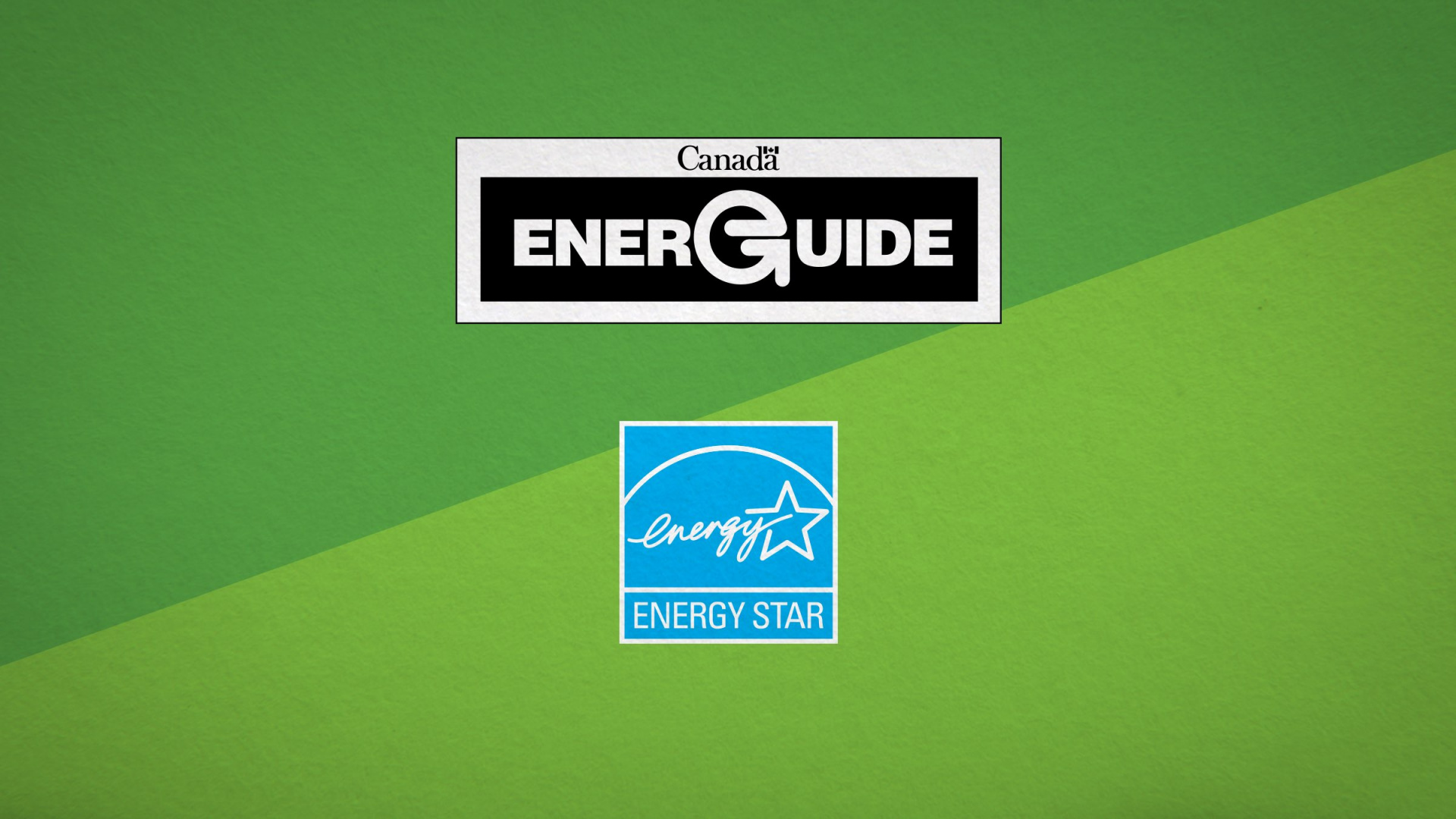Mark your calendars – April 22 is Earth Day. This is a time to celebrate our planet and learn about how we can preserve our natural resources.
Here are a few ways you can contribute:

- Recycle your old CFL bulbs. Visit regeneration.ca to find a collection facility near you.
- While you’re at it, purchase new and energy efficient LED bulbs.
- Turn off your electronics and read, play board games or spend some time outside.
- When you’re doing your spring cleaning, donate any unwanted items instead of throwing them away.
- Take advantage of warm days and hang your clothes outside to dry.
- Invest in reusable grocery bags and water bottles.
- Join a community clean-up event. Check with your city, town, or municipality to see if there’s a clean-up happening near you. If there isn’t, gather your friends and family and start your own!













